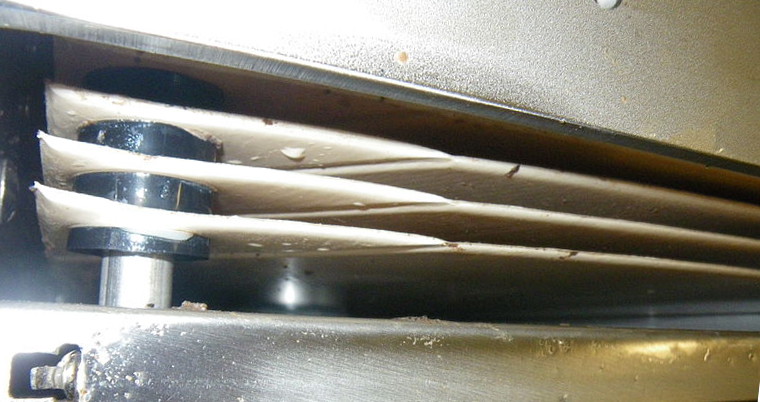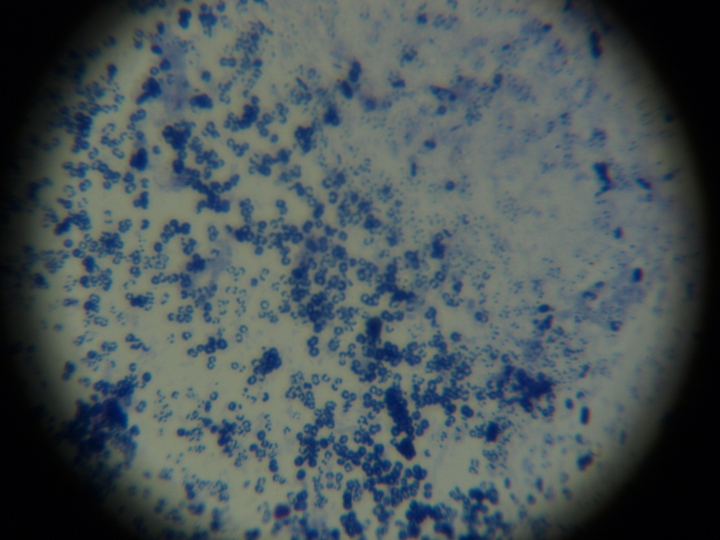Treating Biofouling and Mycobacterium in MBR Systems
Published on by Tyler Kerns, Aquafix, Inc - "The Bugman" Head of Scientific Research
Membrane Bioreactors orMBRsare like sheets of fabric (membranes) that filter wastewater with the aid of suspended solids. Asbiofoulingoccurs,the membrane pores start to fill up withmicroorganisms that produce slime,which can lead to Nocardia, foaming, and polysaccharides. As biofoulingcontinues,foaming becomes unruly and membranes become plugged.
One of the leading microorganisms inbiofoulingis Mycobacterium.Mycobacteriumis known to possess a resistance to disinfectants due to it'scellular structure. It's cell wall contains an exterior layer or long-chain, hydrophobic mycolic acids and surface glycolipids, bonded internally. Essentially the mycobacterium's cell is 60 percent lipids. The use of disinfectants is a common approach to handlingbiofouling, but Aquafix highly recommends operators stay away from this tactic as it kills off the important biology.
The best practice at cleaning up any MBR is the use ofQwik-Zyme LandFoam Buster. Both products will break down the lipids and long-chain fatty acids (LCFAs) and improve bacterial digestion. A biological and enzymaticapproach will clear the effects ofbiofoulingand clean the membrane filtration system. The advanced catalysts in Qwik-Zyme L and biostimulants in Foam Buster heavily break down fats, oils, greases, long-chain fatty acids, polysaccharides and bacteria produced slime.

Membrane Bioreactor (MBR) Upclose
